
A show about relationships with the land
There are many ways to listen to the show: Listen live on CFRU 93.3 fm broadcasting from the University of Guelph Mondays at 6pm EST or listen to the podcast via Spotify, Apple, or just follow the rss feed.
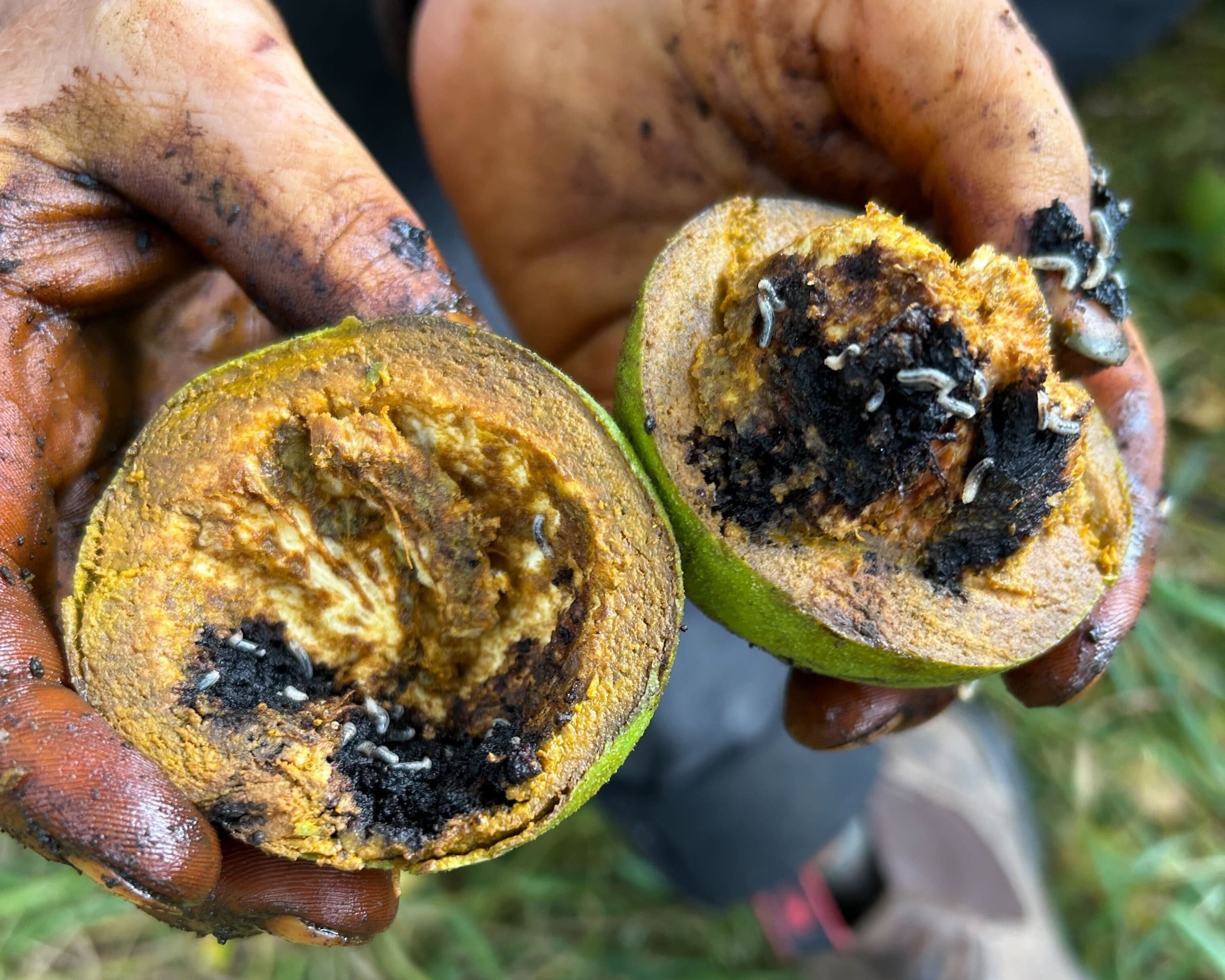
Ep. 228 : Walnut Husk Maggot Fly
Every big mast year for Black Walnuts I like to harvest a ton of them and then process them for both the husks and the nutmeat inside. While the nutmeats are very troublesome to access it is getting easier as I learn which tools are better than others, and the food value is totally worth it. As for the husks, it’s pretty easy to rip or cut them off of the nut. This year, as in previous years as well, there has been a small ethical dilemma which has come up when using the husks for dye. Nestled in the husks are small larvae of what I believe to be the Walnut Husk Maggot Fly which is a fruit fly I don’t know much about. But because I love Walnuts, I figured I should learn.
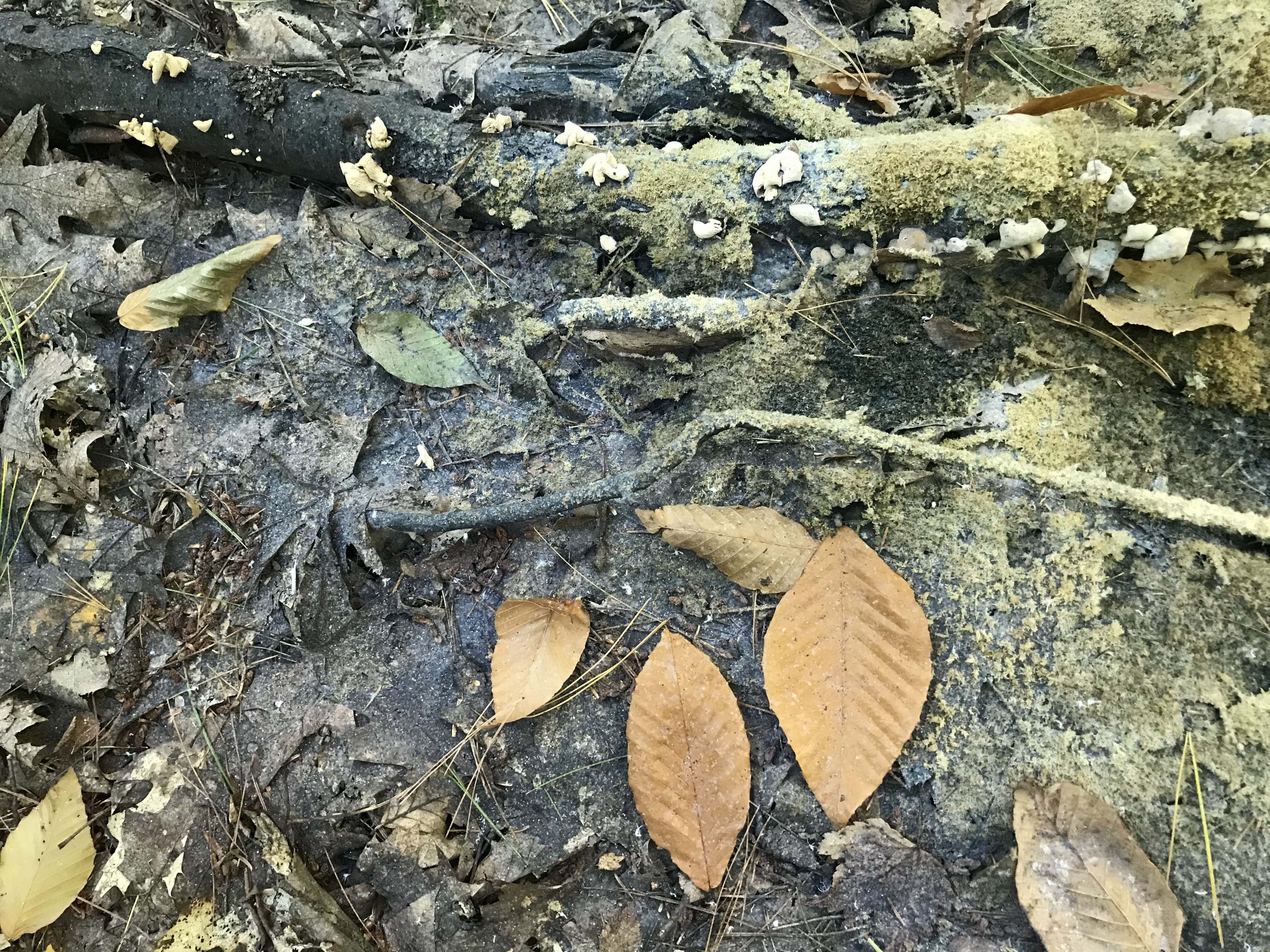
Ep. 227 : Honey Dew Eater
Scattered in the back of the Main tract there are many American Beech trees. Some tall, some small, but they are there amidst the Red Oaks (Quercus rubra) and Sugar Maples. If you look close at the branches of these Beech trees you'll find little white fluffy insects dancing about in huge colonies. These are the Wooly Beech Aphid and they are there sucking sap out of the Beech tree. Now when any animal consumes their fill of whatever it is they are consuming, they must release the waste, and so too with the Aphids. This waste, called Honey Dew, is dropped and as it falls lands on the leaves, branches, and ground below. When this happens, the spores of the Honey Dew Eater come around and land on the Honey Dew and begin their life cycle.

Ep. 226 : Lichens with Troy McMullin
Lichens been a draw for me for the last few years. When it comes to a diversity of lifeforms coming together in a fungal structure to draw down nutrients from the atmosphere, to beautify a landscape, to feed some of the largest land mammals down to sheltering some of the smallest arthropods, I’m hooked.
For many of us, the problem has been where to start, how to get into the lichens, how to identify them and how and where do we learn what roles and functions these forms of life have on the land?
In comes Dr. Troy McMullin, lichenologist, author of dozens of papers on lichens, describer of 10 species new to science, and author of the new book Lichens : The Macrolichens of Ontario and the Great Lakes Region of the United States out on Firefly Books.
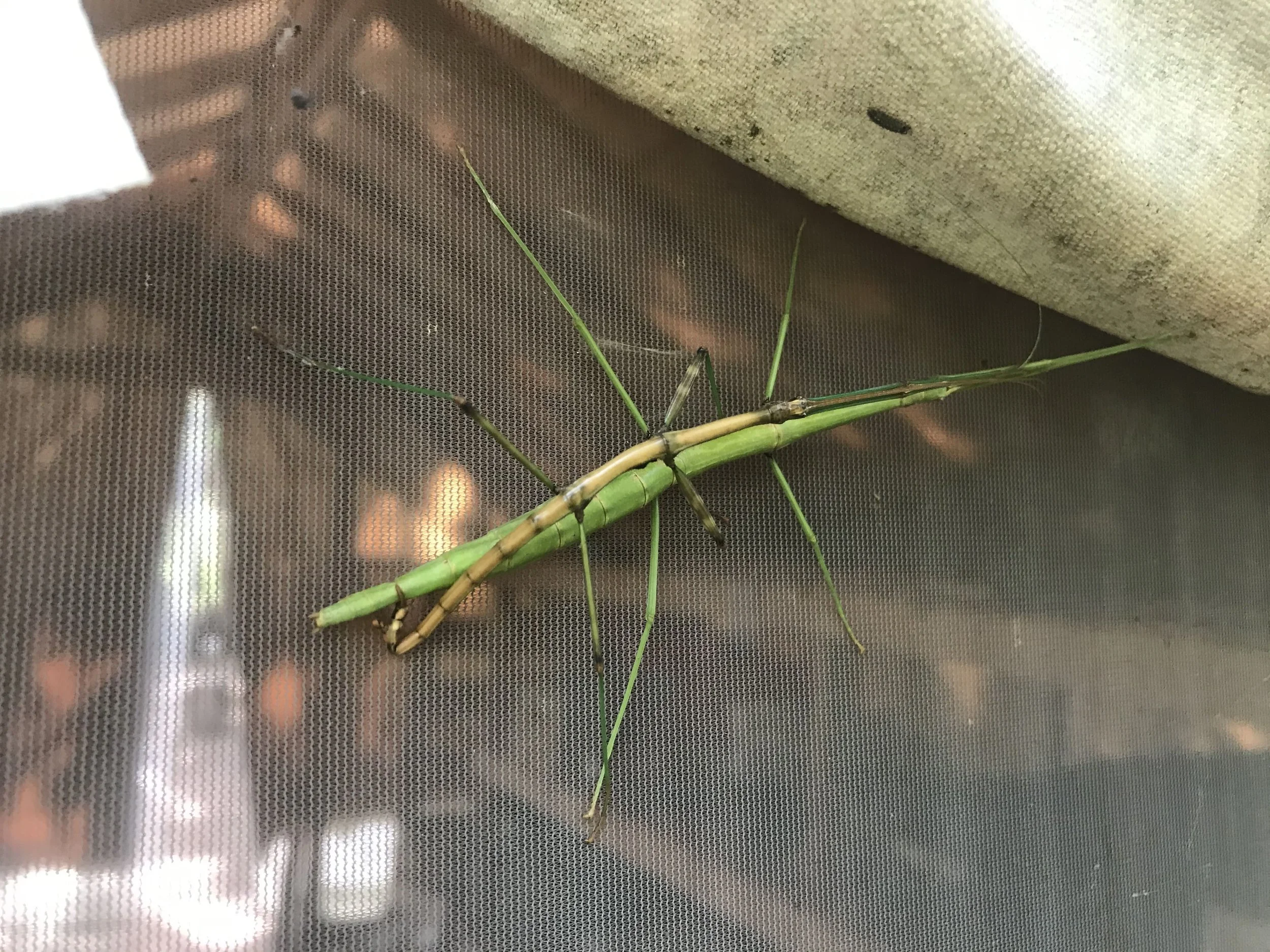
Ep. 225 : Walking Stick Insects
Last Thursday a call came over the radio at work. “I just want to let everyone know that there are two Walking Sticks mating on the tent”. I can’t really remember what I was doing with the students at the time, but we all dropped everything and made our way, some faster than others. I had seen a couple of Walking Sticks over the Summer, but realized, while jogging through the forest on my way to see these two going at it, that I knew very little about the life cycles, ecology and overall natural history of this species or the order as a whole. I figured I should observe the mating pair carefully, and then research a bunch when I get home.

Ep. 224 : Animal Forms with Miki Tamblyn
Animal Forms is a project is all about empathy, about remembering how to be in connection with the other-than-human world. As Miki asks, “aims to explore how we (humans) can imagine ourselves in the place of the other people we share our planet with. How might our thoughts and actions change if we practiced seeing the world through another's eyes?”
Miki Tamblyn has created a project where folks can practice being an other-than-human animal.
We sat down at the site of the project, along the Eramosa River in Guelph to discuss inspiration, project formation, overall response to the project and its goals, as well as the experience of embodiment of another form of life.
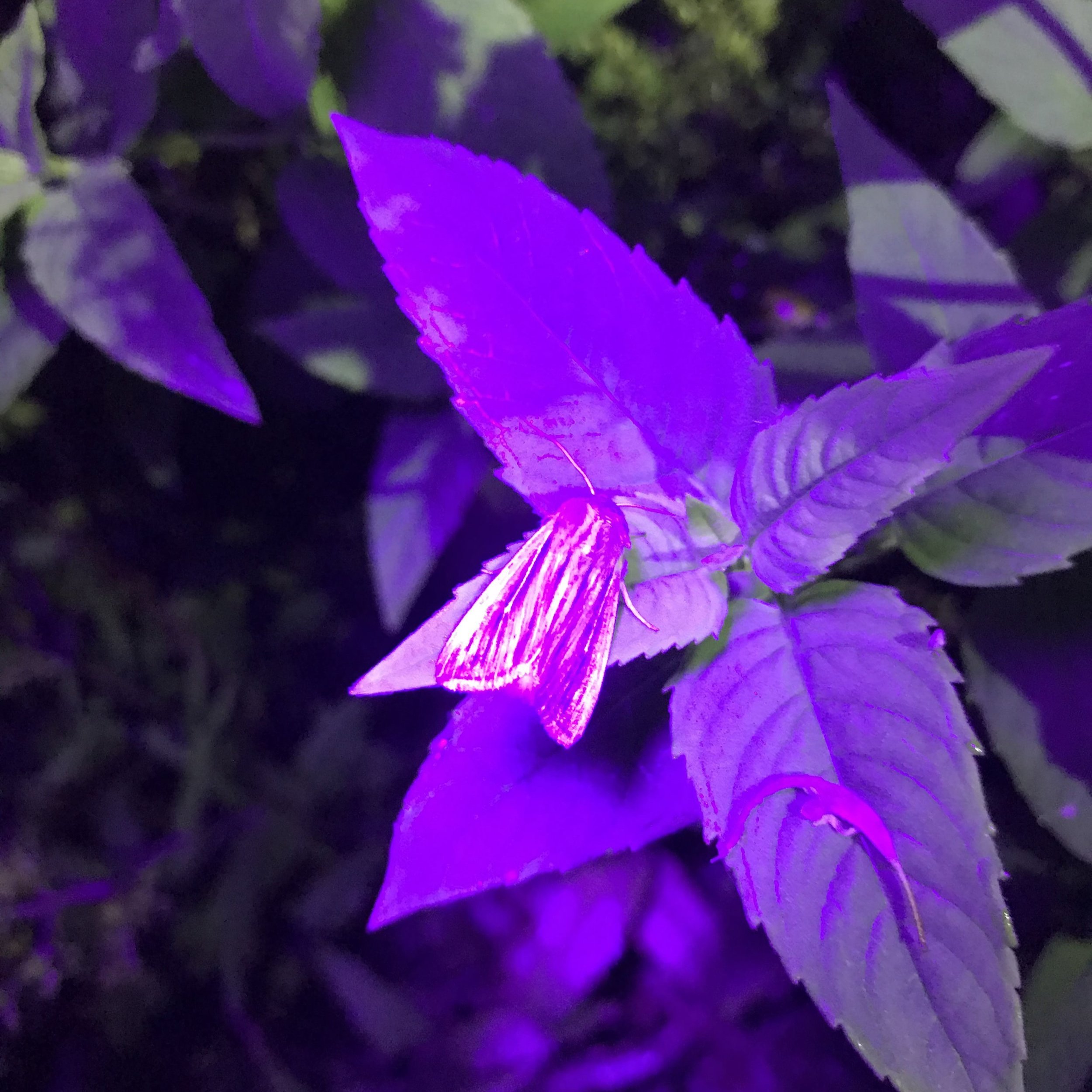
Ep. 223 : Moth Garden with Lisa Hirmer and Christina Kingsbury
In some circles, reciprocate is the new “sustainable”, a hot word which implies a lot but isn’t always doing what we might imagine. But how can we try to actually live up to, and create the reciprocity, the giving back and forth, to that and those who give us so much?
For me, Moth Garden feels like a project trying to demonstrate reciprocity in a real, tangible, replicable ways. Christina Kingsbury and Lisa Hirmer have been researching, planting, growing and shaping a garden with an intention of creating sensory worlds for/of the more-than-human, nourishing spaces planted with food, shelter, and room for transformation and rest; planted for often maligned and misunderstood members of our broad interspecies communities.
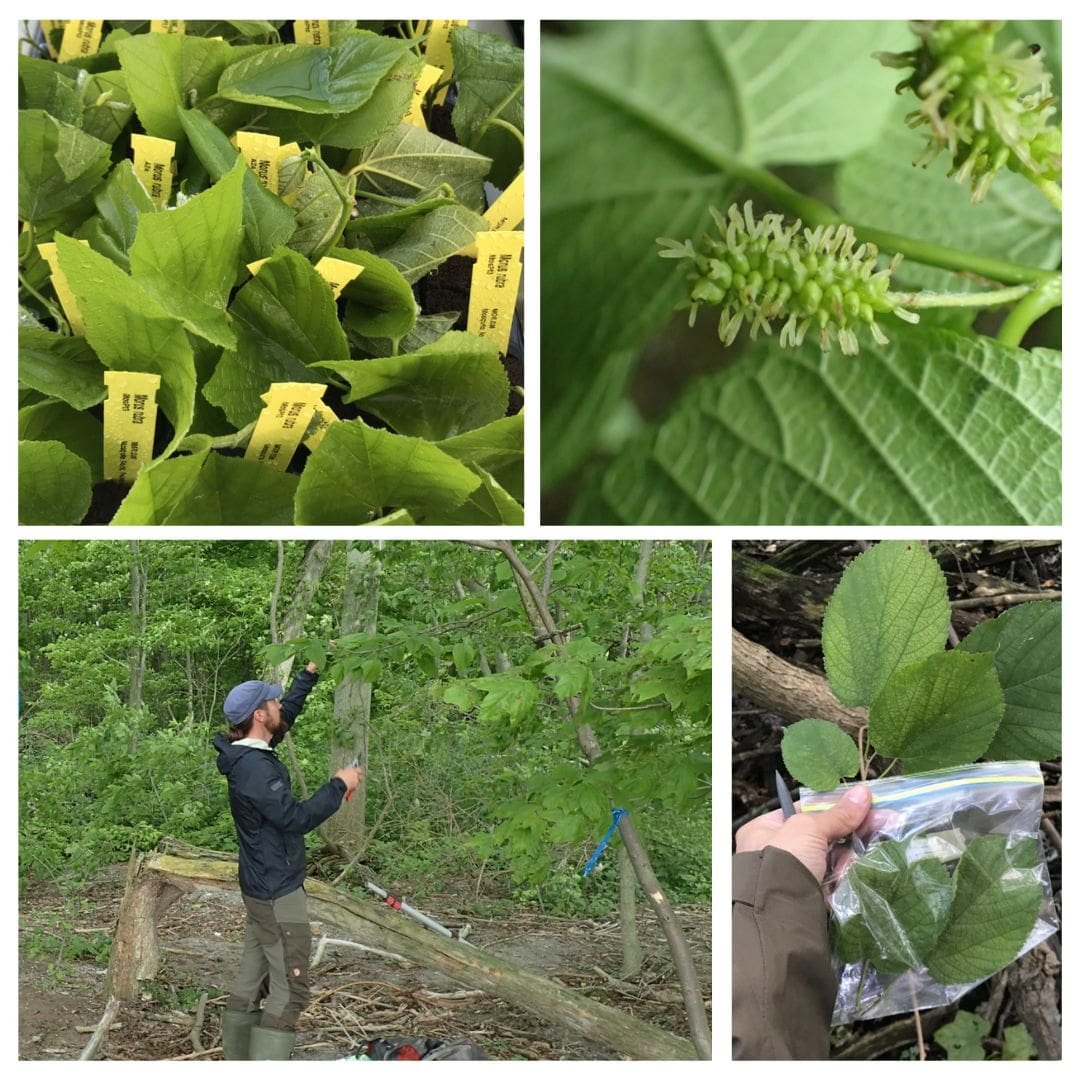
Ep. 222 : Red Mulberry Recovery Program with Sean Fox
A couple of days after my recent interview discussing Mulberries with Matt Soltys, the Arboretum at the University of Guelph shared a couple of posts on instagram about the Red Mulberry Recovery Program where researchers are looking into how to identify, propagate, and eventually distribute Red Mulberries to their partners. They are also trying educating the public on how the White or Asian Mulberries can be detrimental to conservation of the Red Mulberries. Immediately I wrote to them to try and set up and interview.
Gratefully Sean Fox, senior research associate at the Arb, took the the time to get into the complexity and nuance of dynamic movements of species and how we can take actions towards conservation of a species which is endemically endangered.
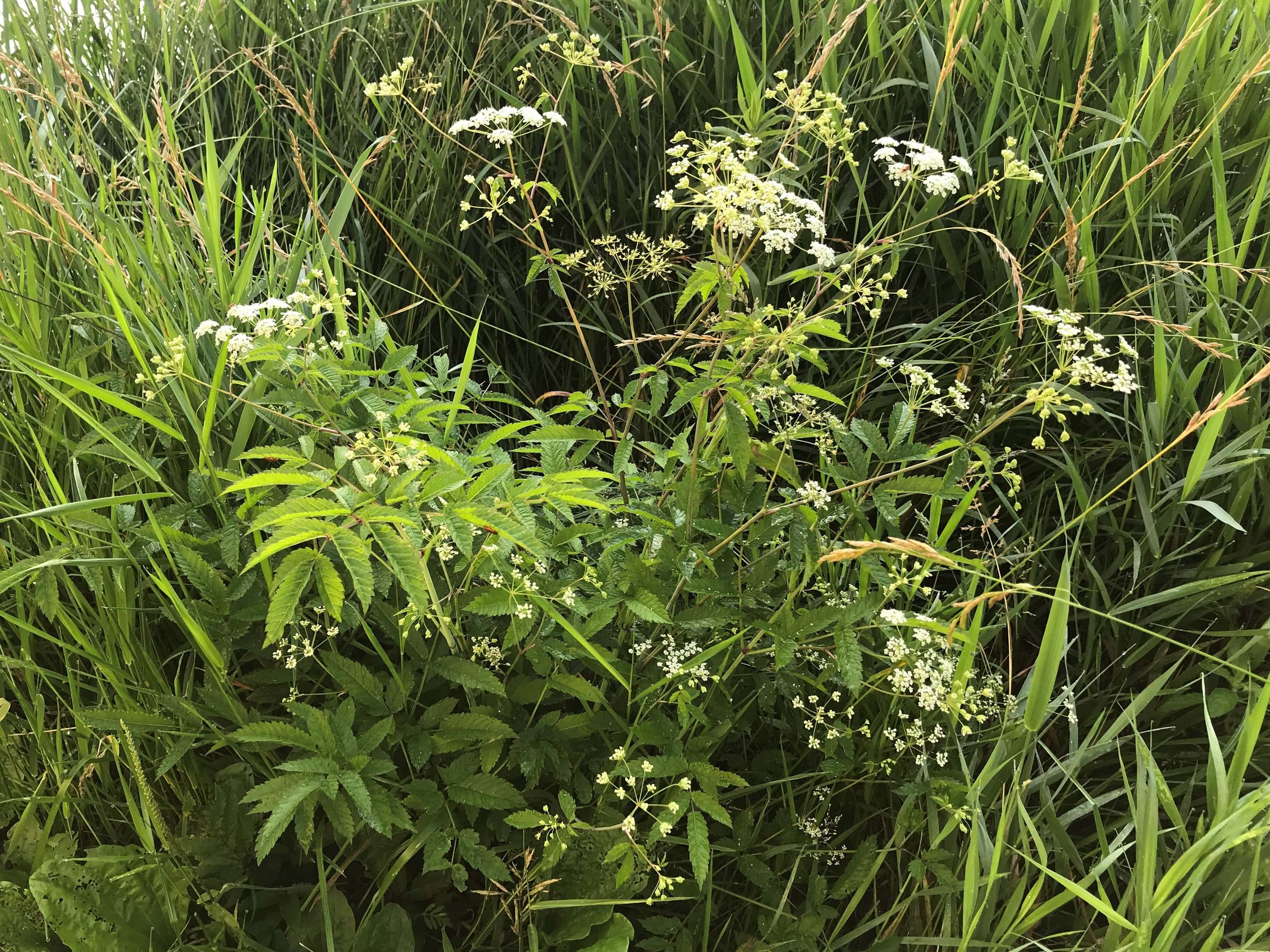
Ep. 221 : Exploring Water Hemlock
I have had a long curiosity regarding Water Hemlock ever since I had heard of them. Perhaps the most toxic plant on Turtle Island/North America. Of course I would be enamoured! I misidentified them for a couple of years thinking I knew who they were, but it wasn’t until the past four or five years that I began taking a closer look, seeking them out, learning the lore, and reading the sometimes sparse literature on the plant. This show is an effort to collect my thoughts and learning, and to make the recent blog post, which has lots of good photographs to assist with proper i.d., more accessible to those who don’t want to read it all but would rather listen to it instead.
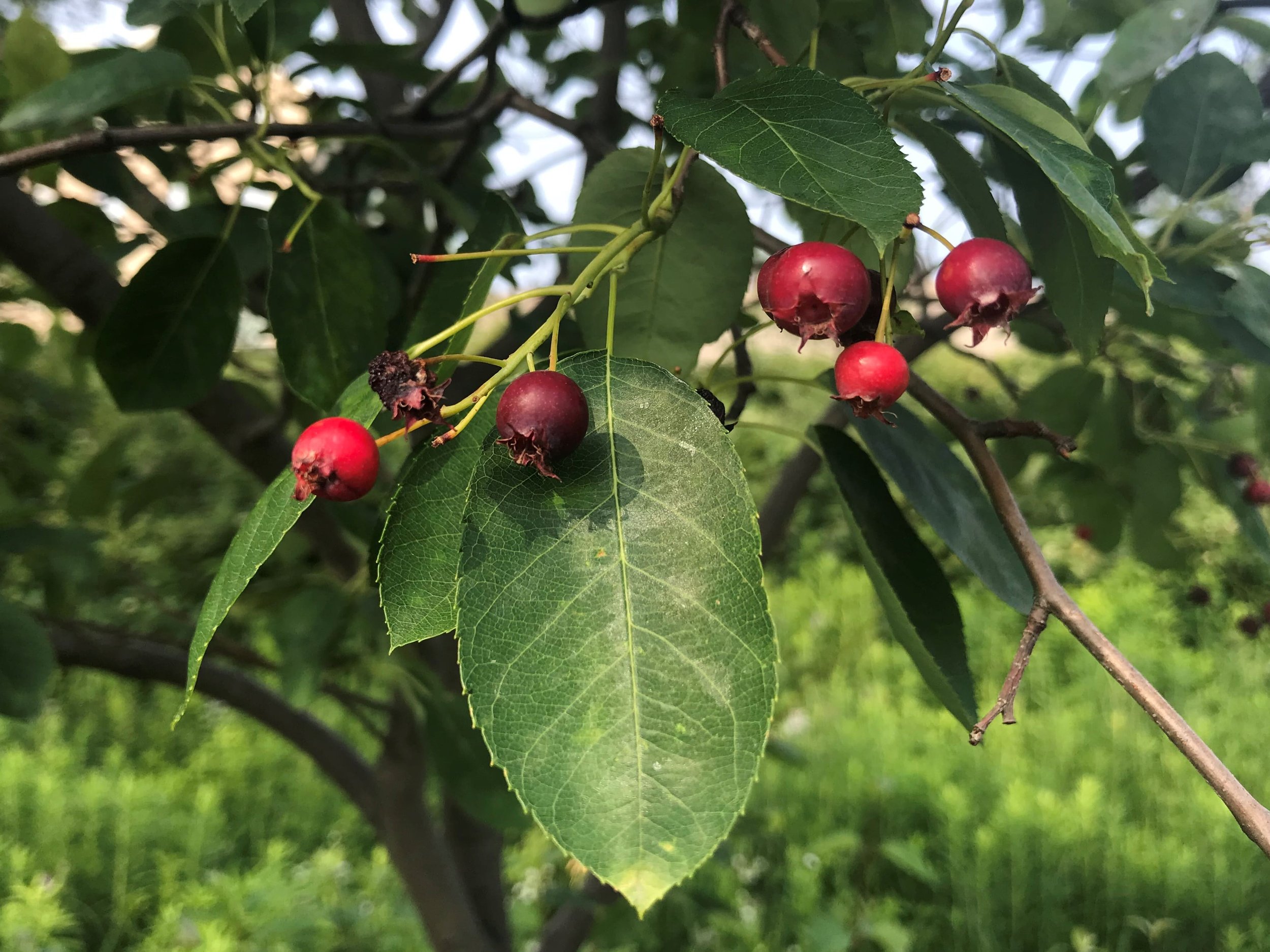
Ep. 220 : Discussing Serviceberry
The Serviceberry is a widely distributed edible fruit tree which fills my heart as much as my belly. It’s just sweet enough, with berries just big enough, just in reach to make me so happy to come across. Sometimes we happen upon them wandering through the woods, sometimes we go visit our favourite individuals, sometimes we make detailed extensive maps of every tree the city has planted… or maybe I just do that.
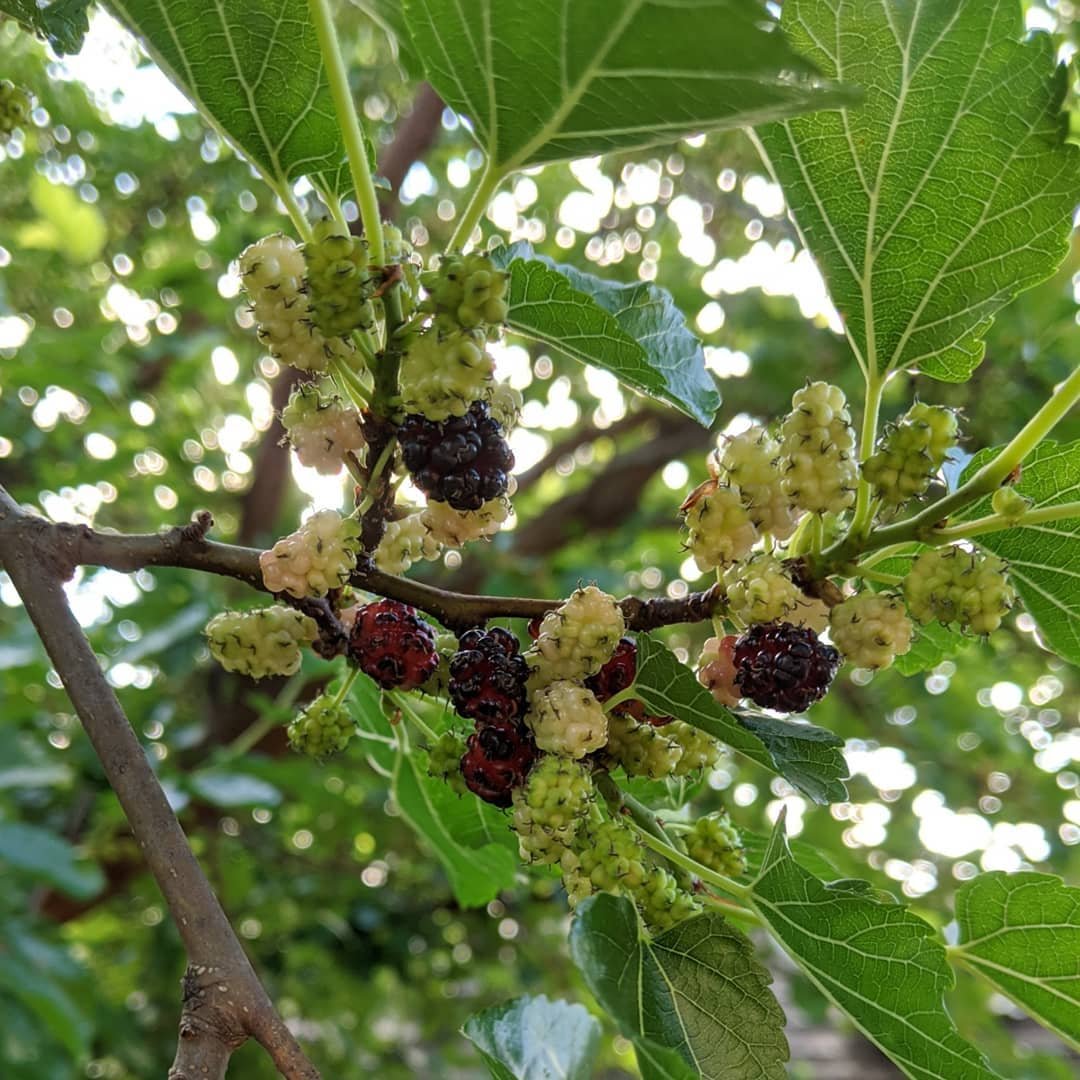
Ep. 219 : Discussing Mulberries with Matt Soltys
Mulberries are a well known and popular wild urban edible that a lot of foragers come to know early in the development of the craft. They are easily identifiable, taste great, and prolific in urban and peri-urban environments which means lots of people can get to know them. Not only are there an abundant of Mulberry trees out there, each fruit producing tree makes buckets of fruit that litter the sidewalks for a month if the birds, squirrels, Raccoons and humans don’t get at them first. And while Mulberries don’t seem like a political focal point in the world of conservation, I am learning that they can be as well.
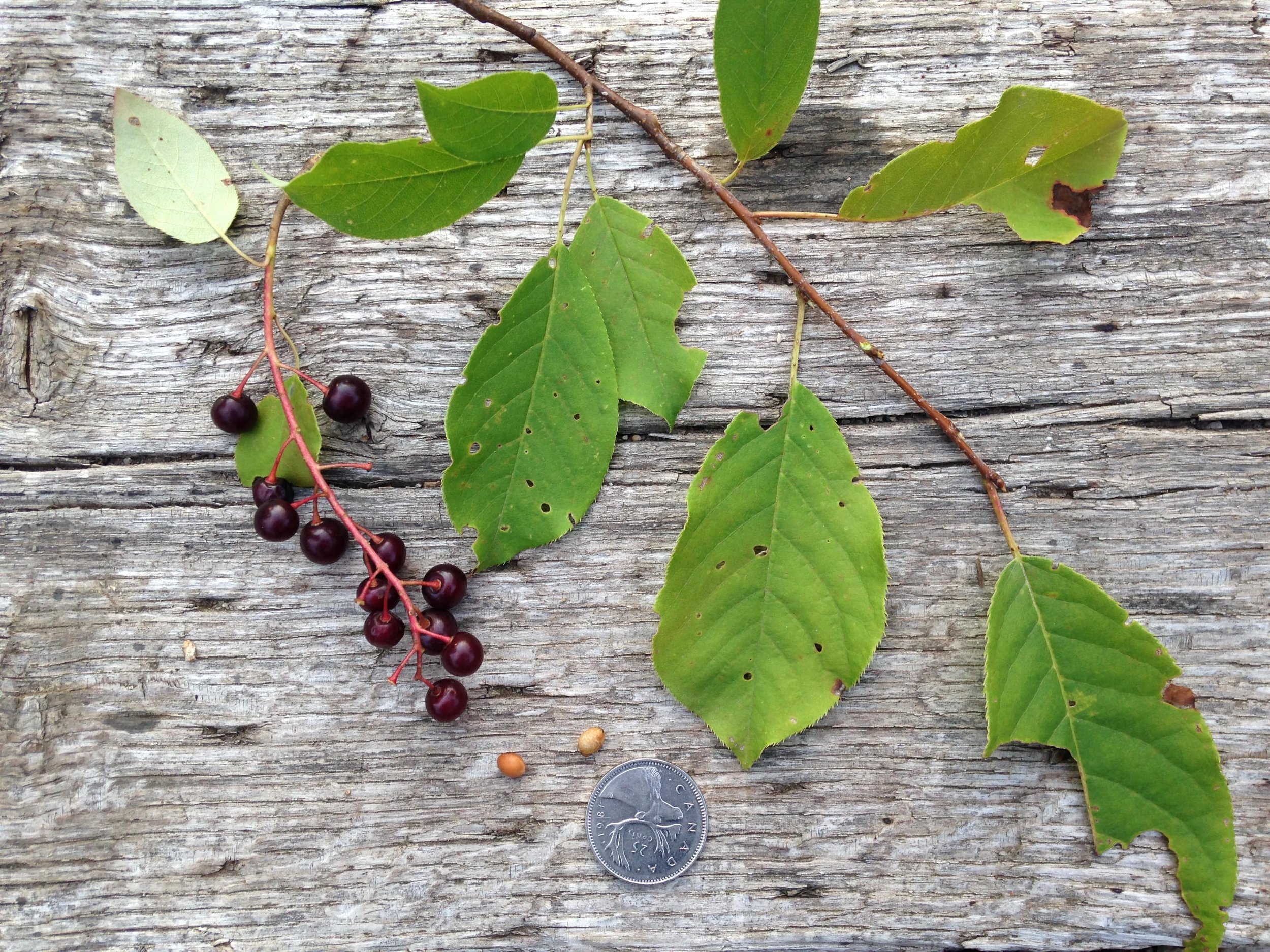
Ep. 218 : Considering Chokecherries
Chokecherry is a role model. How can we be in good relationship with so many different life forms, transform degraded and barren anthropogenic landscapes in preparation for new life? Yes, there is a note of caution to be had, an awareness of potential hazards, but the overall theme of this shrub appears to be regeneration, repair and creating spaces for life to flourish again.
This episode is a long form exploration of the Chokecherry ecology. I hope it works for you as much as it works for me!
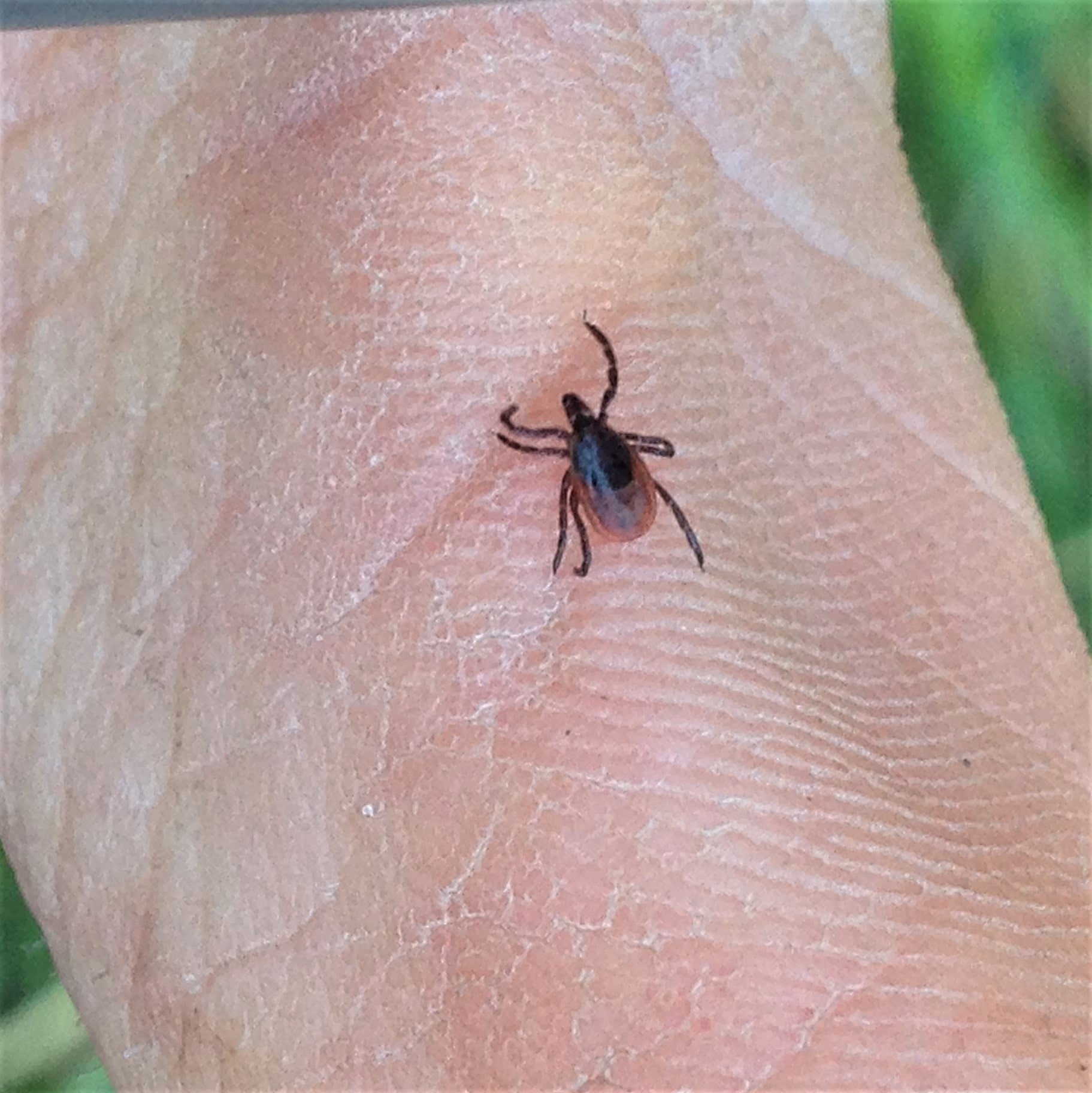
Dr. Katie Clow on Black-legged Ticks and Lyme Disease (from the archives)
Last week I was getting ready for bed when I found a Black-legged Tick with their head embedded in my back. I got a little bit anxious, but immediately went for my phone to take some photos. My partner removed helped me remove the tick and I didn’t feel too anxious about it after that. Last week we found a number of ticks around town, or heard co-workers found some, or were visiting some spots where I had encountered ticks in the past. Today when I got home from teaching a class, I saw a massively engorged tick on my cat while she was laying about in the backyard.
All of these recent sightings or memories have got me thinking about ticks, so I wanted to rebroadcast this episode from 2020. I bet a lot of the information is still very relevant, so listen up, get stoked on how cool ticks are, and continue to check yourself.
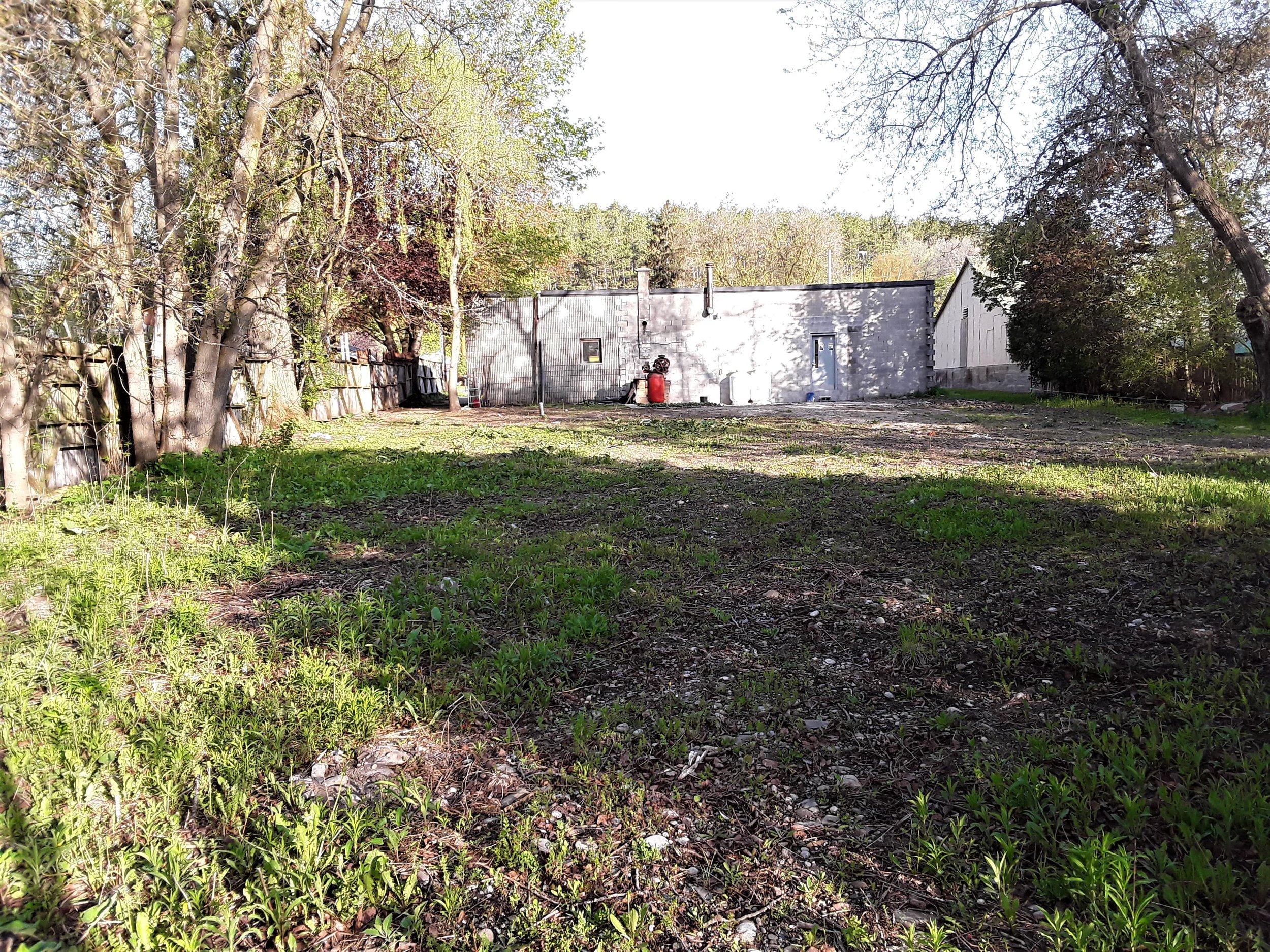
Ep. 217 : Controversial Considerations of Non-Native Plant Communities
The car broke down on our way to visit my mum. My brother and I got out of the car, and while he researched how to change the alternator, I went behind the vacant garage where we parked the inoperable vehicle. When I explored to the far back of the lot I was grateful to find a small wetland, thriving with tons of species. Trees, tall and low shrubs, and understory thick with both native and non-native, aggressive opportunistic plants vying for life. I was totally impressed and appreciated this wild oasis in the midst of an annoying happenstance.
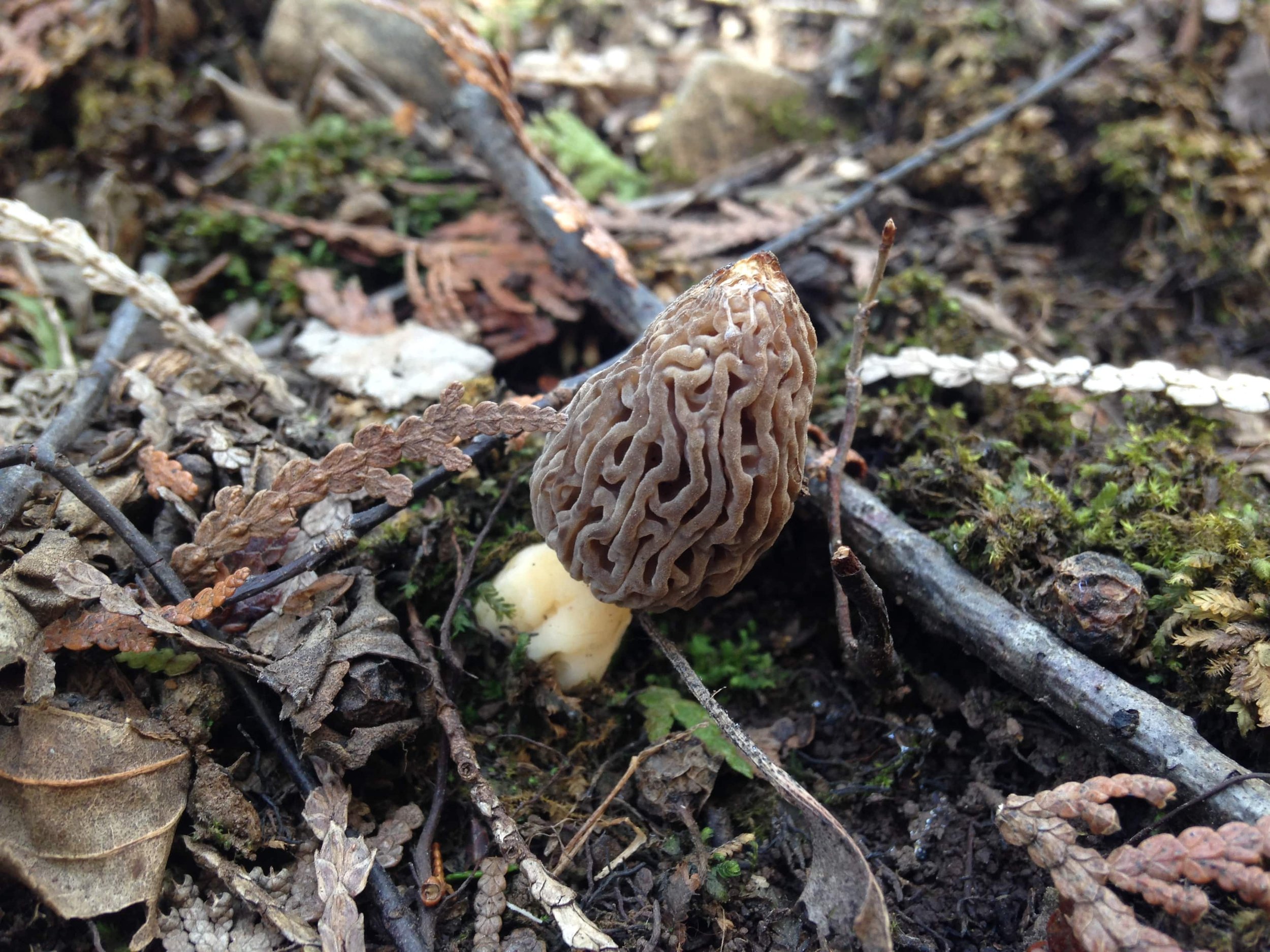
Ep. 216 : Morel Mushrooms
Lately a lot of folks I know have been finding Morels in and around the city where I live. Possibly one of the most prized edible fungi on the planet, everyone seems very excited to bring them home and cook them into an ephemeral dish. If I find a bunch I may do the same, but until then I wanted to look into this amazing fruiting body a little bit more.
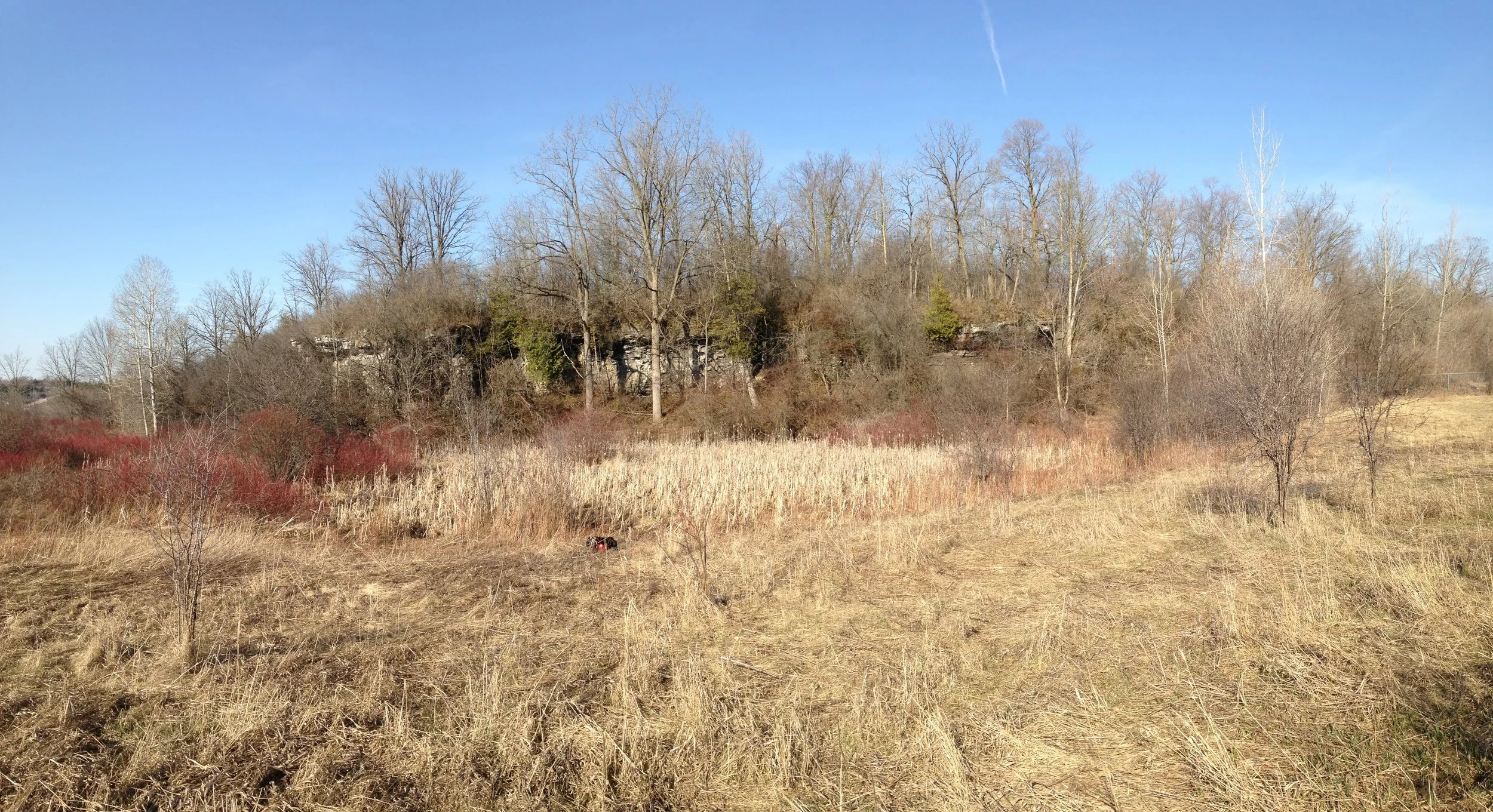
Ep. 215 : Of Soras…
I was out with a couple of friends the evening before. We’d been thoroughly engaged listening to the painfully loud calls of the Spring Peepers when I pointed out an Eastern Meadowlark call to one of my pals. He pulled out his phone and got on the Merlin App to try and id the call a little better. Lo and behold, on the list of birds included in his immediate recorded was a Sora! Now, Soras aren’t too rare, or too interesting to many, but they are a bird I have never seen, never heard, and barely heard of. When we were discussing who a Sora is, all I know was that they were a waterbird that didn’t look like a duck. I imagined something more akin to an American Bittern, but I was way off.
Soras are still mysterious to me, but it was fun to go back to the pond, listen to the birds again the following morning, and bring out some books to learn more and reflect on listening. I hope y’all enjoy it as well.
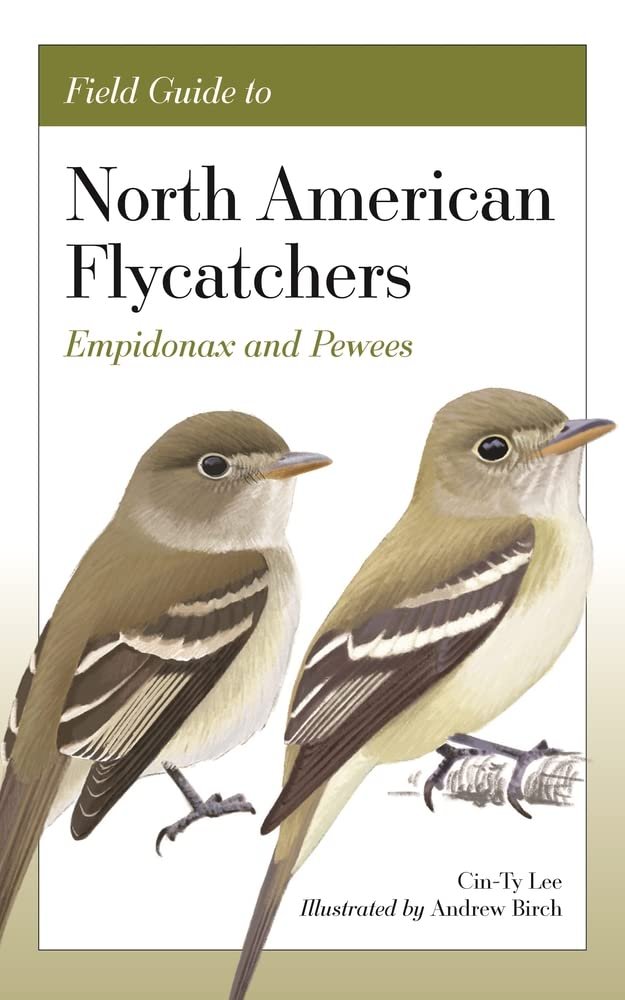
Ep. 214 : North American Flycatchers with Cin-Ty Lee and Andrew Birch
Cardinals, Blue Jays, Robins, Mourning Doves, Mallards, Black-capped Chickadees. Quite common and familiar birds most folks seem to know. One of the reasons is that they have very distinct patterning and physical traits that render them easily identifiable. Even some of the Sparrows can be differentiated by a slightly advanced beginner. Flycatchers? They can be tough. When I see a Yellow-bellied Flycatcher (Empidonax flaviventris) in the woods, despite being one of the more recognizable, determinable Empidonax species, I am still left uncertain, full of doubt and just generally end up calling it a Flycatcher.
I spoke with Cin-Ty and Andrew about their new book and how this new method of identification can help us not only better identify some of the Flycatchers, but also to look at how we regard all birds in ways that encounter them more fully, experiencing them in broader context through investigating narrower characteristics.
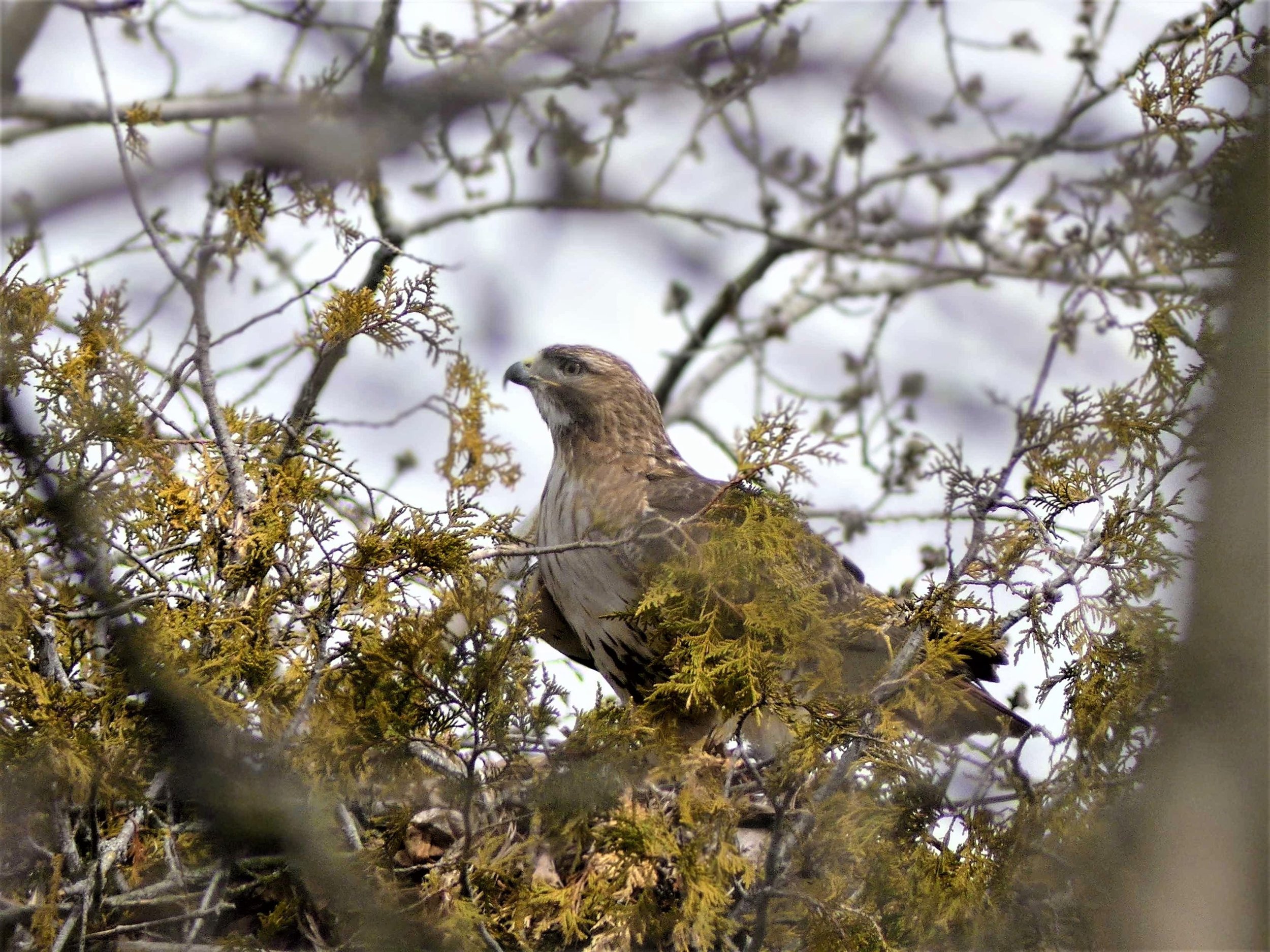
Ep. 213 : Nesting Behaviours of Red-tailed Hawks
Red-tailed Hawks are always exciting to see. However ubiquitous or plentiful they may be on the land, it is always a gift to observe them circling and soaring overhead. I have been noting their behaviours for a few years now, trying to catch a glimpse whenever I can. A couple of years ago I watched a pair eager to find out if they were nesting in the valley I walk or ride on my way into work. I never did find that nest, but I hoped I would in the future.
On Monday, a colleague called over the radio that he was observing two Red-tails building a nest. He later watched as the pair were mating on a different tree down closer to the river. This series of events sparked a great curiosity and enthusiasm between all of my colleagues. We have been trying to find ways to observe, but also not interfere. Trying to research, but not just rely on the books. But as it is still relevant, I decided to hit the books. Thus, this weeks show was created. A deep dive into the nesting behaviours of one of my fav cohabitants.

Ep. 212 : Voices of the Spring Birds
Listening to the more than human world is a fundamental piece of learning from the land. It decenters the human and allows us a chance to participate in the always ongoing conversations between birds, winds, trees, rivers, insects, and all the myriad of forms which inhabit the worlds we too inhabit.
This episode is a return to ritualized listening. While I try to listen all of the time, it’s around this time of year when my ears really pick up on novel sounds, calls and songs which have been missing from my local bioregion since at least the Fall, but some since the previous Spring. The theme of this show, of recording the early morning bird song in the warming days of Spring, recurs every year, and has since the last four years I believe. Its a good ritual to maintain.

Other platforms where you can listen to the show :
As well as : Breaker : Overcast : Pocket casts : RadioPublic



